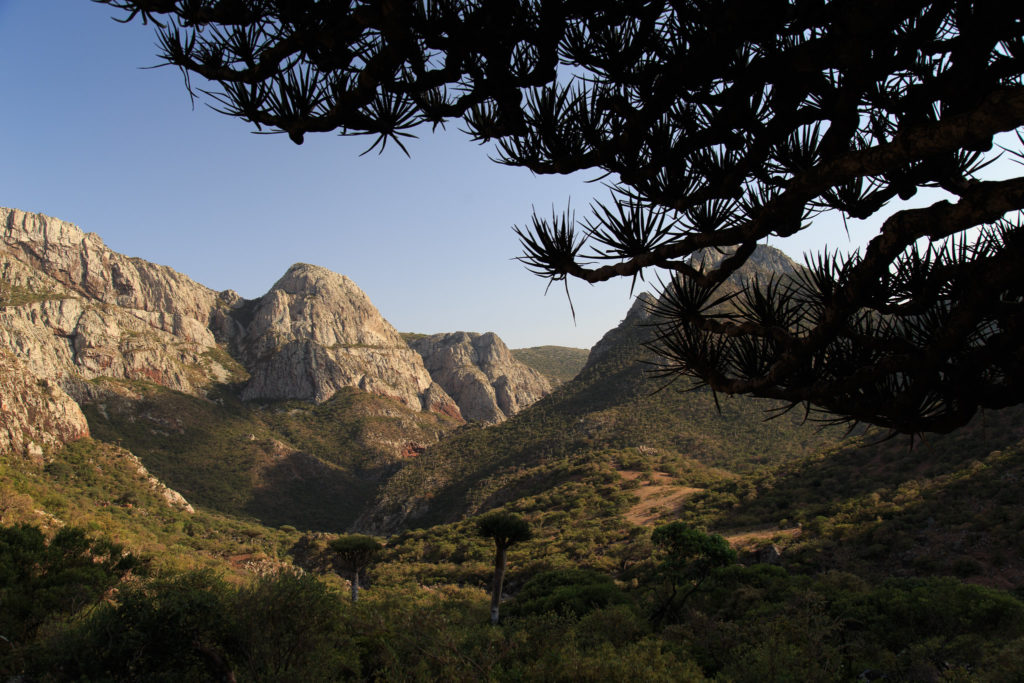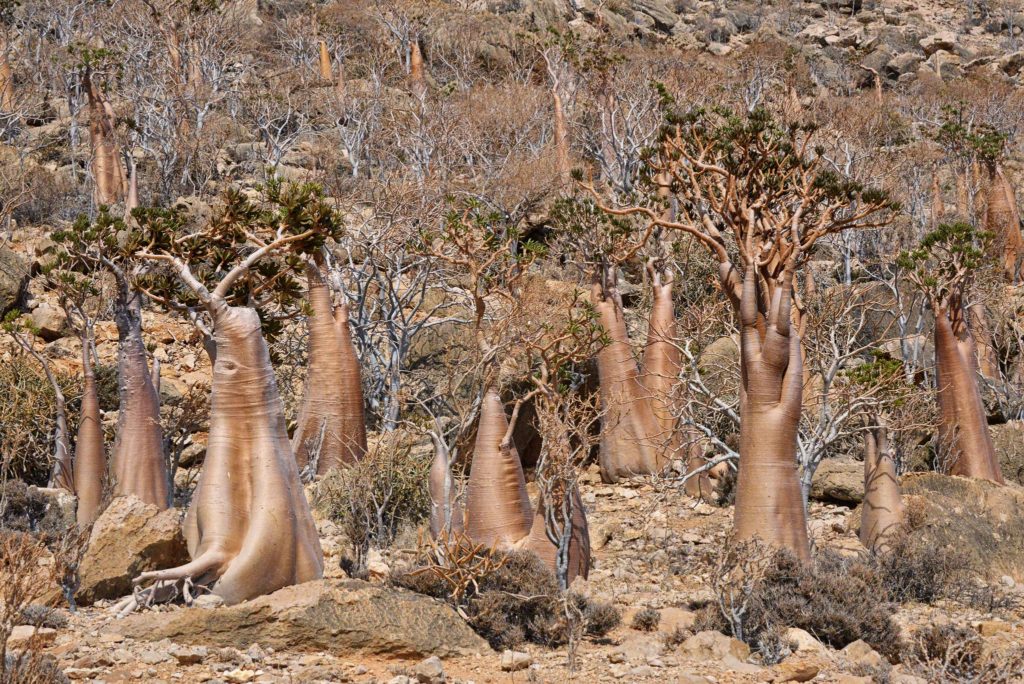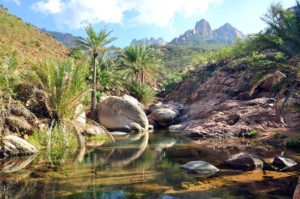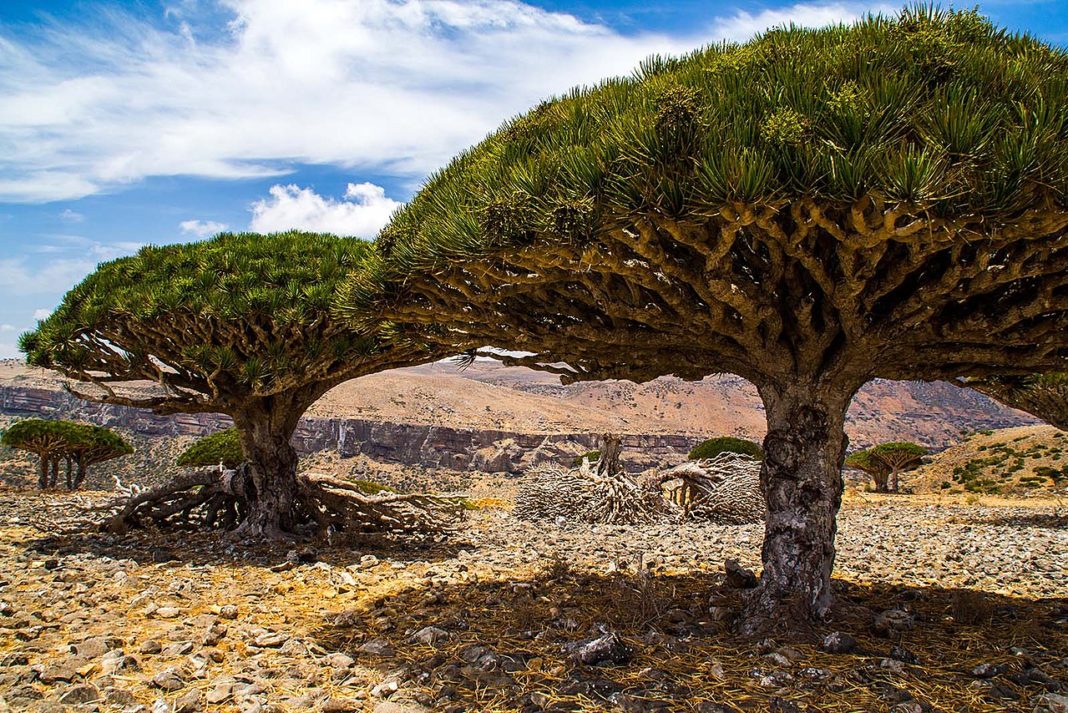Socotra or Soqotra is an island of the Republic of Yemen in the Indian Ocean. The island of Socotra represents around 95% of the landmass of the Socotra archipelago. It lies 380 kilometers south of the Arabian Peninsula, but is considered to be part of Africa.

The island is isolated and home to a high number of endemic species. Up to a third of its plant life is endemic. The island measures 132 kilometers in length and 49.7 kilometers in width. Socotra is one of the most isolated landforms on Earth of continental origin (i.e. not of volcanic origin). The archipelago was once part of the supercontinent of Gondwana and detached during the Miocene epoch, in the same set of rifting events that opened the Gulf of Aden to its northwest.

Socotra is considered the jewel of biodiversity in the Arabian Sea. There are nearly 700 endemic species, found nowhere else on earth; only New Zealand, Hawaii, New Caledonia, and the Galápagos Islands have more impressive numbers. The long geological isolation of the Socotra archipelago and its fierce heat and drought have combined to create a unique and spectacular endemic flora. Botanical field surveys led by the Centre for Middle Eastern Plants, part of the Royal Botanic Garden Edinburgh, indicate that 307 out of the 825 (37%) plant species on Socotra are endemic, i.e., they are found nowhere else on Earth.

One of the most striking of Socotra’s plants is the dragon’s blood tree (Dracaena cinnabari), which is a strange-looking, umbrella-shaped tree. Its red sap was thought to be the dragon’s blood of the ancients, sought after as a dye, and today used as paint and varnish. Also important in ancient times were Socotra’s various endemic aloes, used medicinally, and for cosmetics. Other endemic plants include the giant succulent tree Dorstenia gigas; the cucumber tree, Dendrosicyos socotranus; the rare Socotran pomegranate (Punica protopunica), Aloe perryi, and Boswellia socotrana.

The airport for Socotra was built in 1999. Before this modest airport, the island could only be reached by a cargo ship. The ideal time to visit Socotra is from October to April; the remaining months usually have heavy monsoon rainfall, making it difficult to survive the weather for tourists; flights also usually get cancelled. Tourism to the island has increased over the years. UAE operated a weekly direct flight (nonstop) from Abu Dhabi to Socotra Island every Tuesday via Air Arabia.

According to Wikipedia















